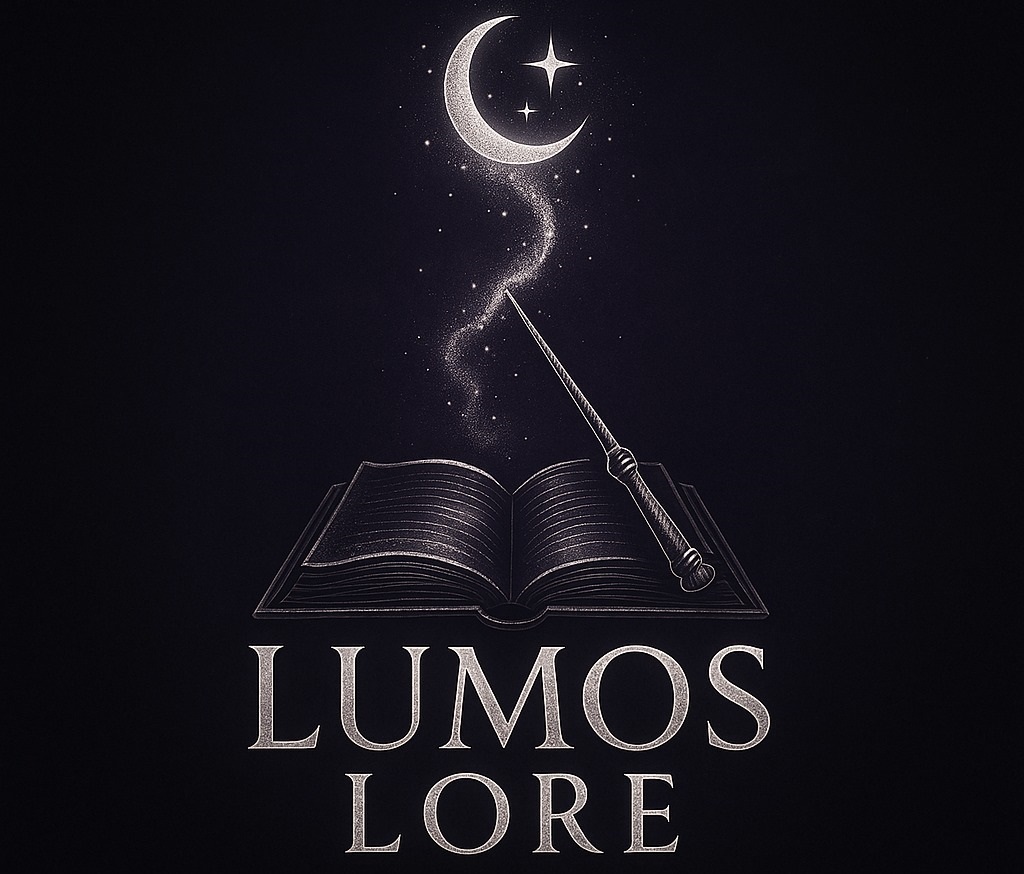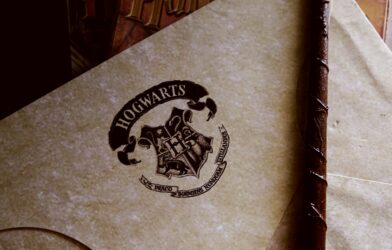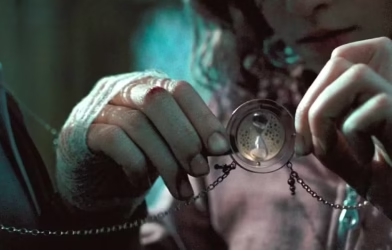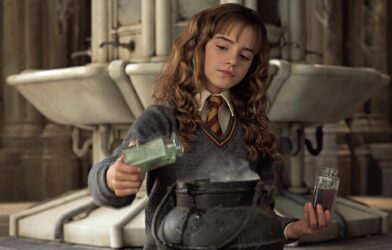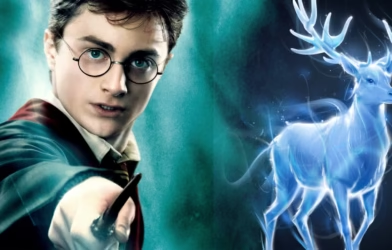When Harry Potter and the Prisoner of Azkaban hit theaters in 2004, fans immediately noticed a shift in tone, style, and atmosphere. Directed by acclaimed Mexican filmmaker Alfonso Cuarón, the third installment in the Harry Potter series marked a turning point. It moved away from the relatively bright and whimsical aesthetics of the first two films and embraced a darker, more emotionally complex narrative style — one that perfectly suited the story’s growing maturity.
A Cinematic Shift
Cuarón brought a unique visual and storytelling sensibility to the franchise. Unlike Chris Columbus, who helmed the first two films with a faithful, family-friendly approach, Cuarón focused on atmosphere and character depth. He famously encouraged the young actors — Daniel Radcliffe, Rupert Grint, and Emma Watson — to write essays from their characters’ perspectives, reinforcing their understanding of the characters’ inner lives.
The result was a film that felt less like a straightforward adaptation and more like a reimagining of Rowling’s world — filtered through a more grounded, cinematic lens.
A Darker, Moodier Hogwarts
Gone were the golden, gleaming hallways and polished robes. In Prisoner of Azkaban, Hogwarts felt lived-in and weathered, surrounded by foggy hills and shifting seasons. The architecture was rougher, the lighting dimmer, and the overall tone more naturalistic. These changes reflected Harry’s emotional journey — his anger, confusion, and growing awareness of the world’s complexity.
Cuarón also introduced symbolic touches throughout the film: the use of clocks and time motifs, shifting camera angles, and long takes — all subtle hints at the story’s time-traveling climax.
Costume and Character Redesigns
One of Cuarón’s most notable changes was allowing the characters to wear their uniforms in a more casual, personalized way. Robes were open, shirts untucked, and ties loosened. This small detail gave students individuality and realism — they finally looked like actual teenagers at boarding school.
The Marauder’s Map, the Time-Turner, and the Dementors were also beautifully imagined under Cuarón’s guidance. His version of the Dementors — floating, soul-sucking wraiths with chilling, skeletal grace — became a defining visual element of the film and a fan-favorite design.
A Focus on Emotion and Growth
While some fans missed key scenes from the book, like more background on the Marauders (James, Sirius, Remus, and Peter), Cuarón’s adaptation prioritized emotional arcs over exposition. The relationship between Harry and Sirius Black was central, and the film captured the longing, confusion, and hope that defined it.
Likewise, Remus Lupin’s mentorship felt organic and heartfelt, helping Harry come to terms with his fears and grief. Cuarón’s choice to downplay some action in favor of introspection gave the film an emotional weight that lingered.
